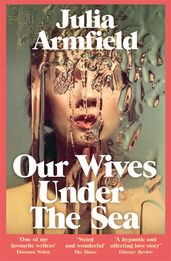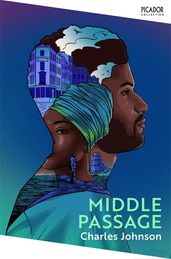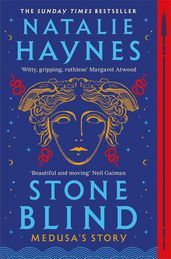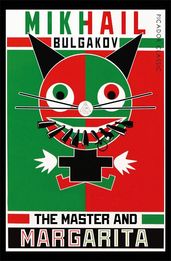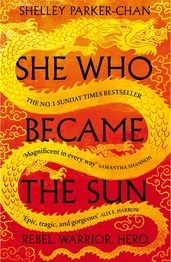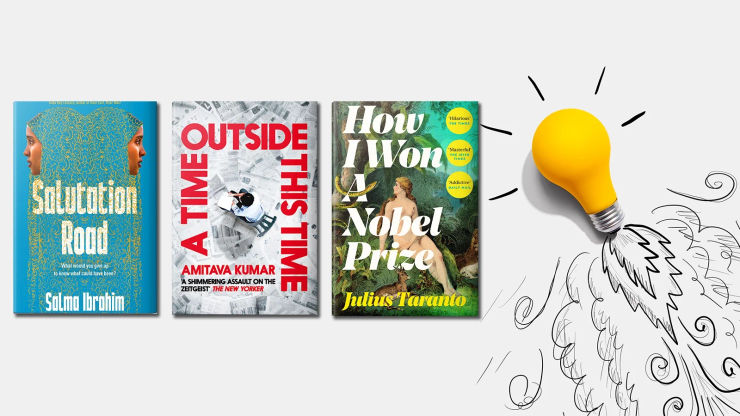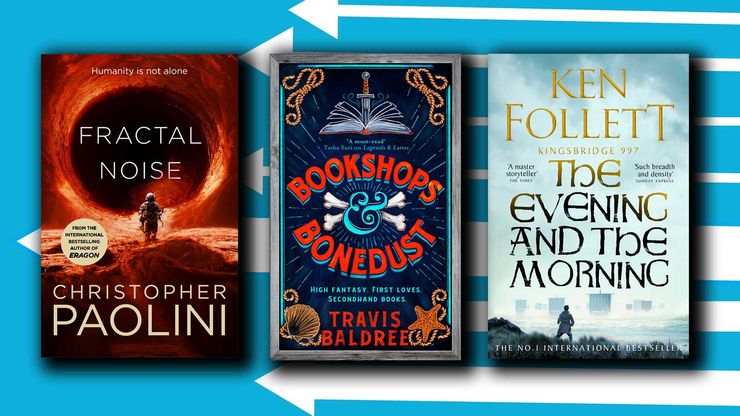Books that transcend genre
Set aside your preconceived notions and discover books that refuse to be easily defined.
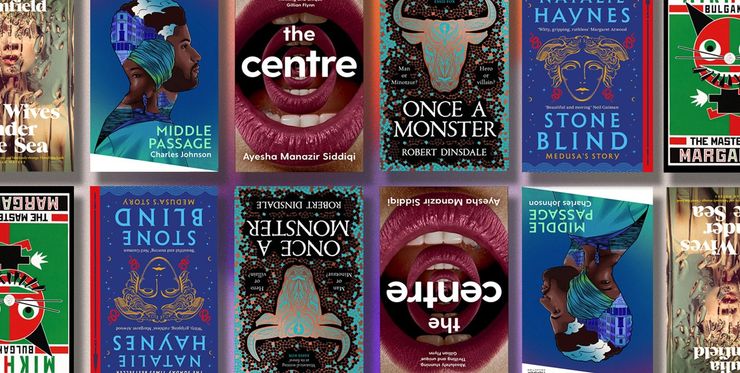
In literature, as with many art forms, genre can be a helpful way of categorising a piece of writing. It serves as a signpost, guiding readers toward settings, characters and styles that align with their preferences and tastes. Where some crave the pulse-pounding suspense of a thriller, others prefer the subtleties of literary fiction or the escapism of fantasy. But there also exists a mesmerising and elusive category of books that refuse to fit neatly in a box. Here are our favourites.
Our Wives Under the Sea
by Julia Armfield
Despite being only 240 pages long, Our Wives Under the Sea manages to be romantic, unexpected and deeply unnerving by blending a tender love story with sci-fi and horror. The story is told by two wives, Miri and Leah. Leah has not been the same since returning from a deep-sea submarine mission and Miri is desperate to understand why. Whatever happened in that vessel, Leah has carried part of it with her onto dry land and into their home. As Leah slips further and further from Miri’s grasp, things become increasingly disturbing, yet Julia Armfield never loses touch of the unwavering love between her central characters.
‘Part bruisingly tender love story, part nerve-clanging submarine thriller.’
Middle Passage
by Charles Johnson
A masterful blend of allegory, black comedy, naval adventure and supernatural horror, Charles Johnson's Middle Passage is a wildly inventive novel. Rutherford Calhoun, a newly freed slave wants to escape New Orleans and cons his way onto a ship only to realise it's an illegal slave ship bound for the Middle Passage. The crew plans to enslave the Allmuseri tribe, while the sadistic yet philosophical Captain Falcon has a secondary objective: securing a mysterious cargo that possesses a terrifying and otherworldly power. This book is an immaculately researched piece of historical fiction with a disconcerting yet gripping supernatural element.
The Centre
by Ayesha Manazir Siddiqi
Ayesha Manazir Siddiqi’s debut is a remarkable work of literary fiction, and a mysterious thriller packed with surprises. Anisa Ellahi lives in her London flat and longs to swap her job writing subtitles for Bollywood films to be a translator of ‘great works of literature’. So when her boyfriend Adam learns to speak Urdu practically overnight, Anisa forces him to reveal his secret – the Centre, an elite, invite-only programme that guarantees fluency in any language in just ten days. But what unfolds is much more disturbing than Anisa could have ever imagined. Paced like a thriller and written with flare, this book announces the arrival of an extraordinary new literary talent.
‘A book that is not only thrilling but deeply thought provoking, a combination that is truly rare.’
Stone Blind
by Natalie Haynes
Natalia Haynes has cemented herself as both an expert on Greek mythology and a champion for women’s voices in literature, and Stone Blind perfectly reflects that. It is a re-telling of Medusa’s story, flipping the myth to bring empathy to a woman who is injured by a powerful man and is consequently blamed and monstered for the assault. Haynes manages to delve into the origins of this mythic tale and offer a timely reconstruction of it, while also writing a superb piece of fiction. It is therefore no surprise that Stone Blind was longlisted for the Women’s Prize for Fiction 2023.
‘The rollicking narrative voice that energises Stone Blind . . . is a voice that feels at once bitingly (post)modern and filled with old wisdom.’
The Master and the Margarita
by Mikhail Bulgakov
Not many books manage to feature the devil, a cat who talks, drinks vodka and plays chess and an expert assassin. This riotous band succeed in fooling an entire population of people who persistently deny the devil’s existence, even as they are confronted with the diabolic results of a magic act gone wrong. The devil’s project soon becomes involved with The Master, a man who has turned his back on his former life and sought sanctuary in a lunatic asylum, and his former lover, Margarita. At once a satire, a work of theology, and a social commentary of Russia all imbued with strands of the supernatural, The Master and Margarita will leave you bewildered, but also very satisfied.
Cloud Atlas
by David Mitchell
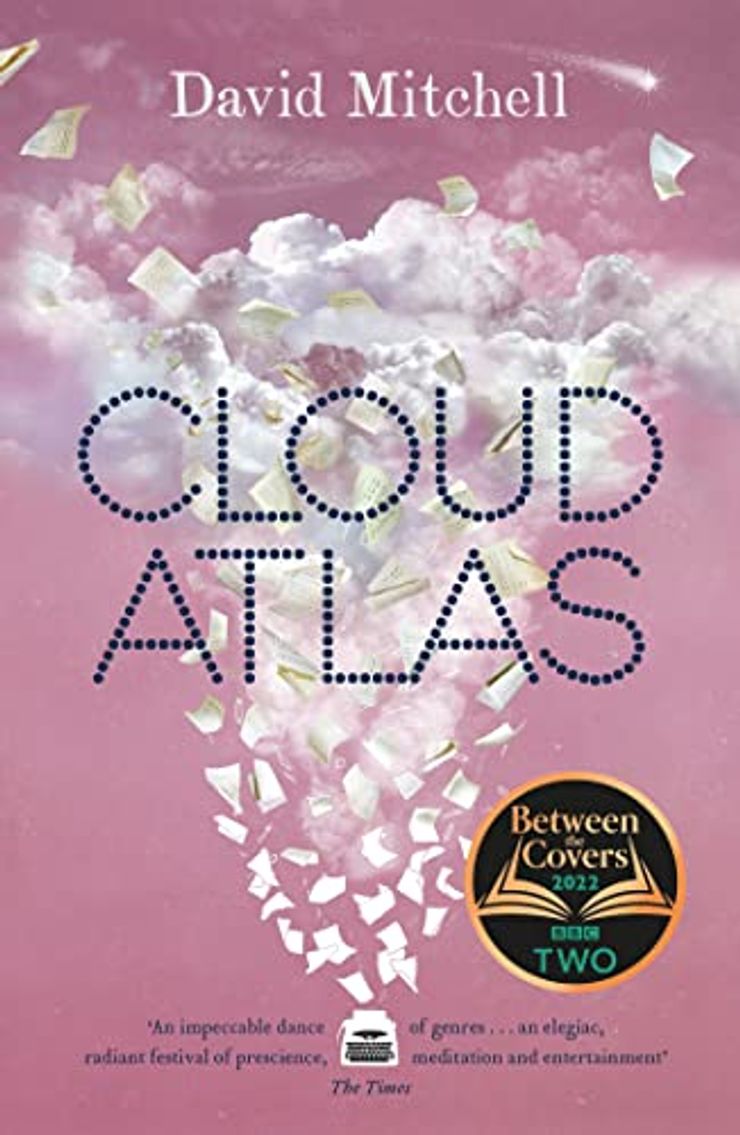
The third novel by David Mitchell, Cloud Atlas, is a bare-knuckled blow to standard conventions, and literature itself. The book is broken into six stories which span both time and genre, and could, in theory, be read as standalone novellas, but when brought together achieve something even greater. From the past to the distant future, each tale is linked by subtle threads, exploring themes of humanity, interconnectedness, and the cyclical nature of life. The characters' actions and choices in one story ripple through time, influencing the events of others, creating a mesmerising narrative that leaves readers pondering the profound connections that bind us all. While described by some as an epic science fiction novel, we would argue Cloud Atlas is much harder to categorise.
Once a Monster
by Robert Dinsdale
Perhaps the most common overlap in genres is between historical fiction and fantasy, but that doesn’t mean doing this well is easy. Robert Dinsdale shows how it’s done in Once a Monster. Set in London in 1861, ten-year-old orphan Nell spends her days searching for treasure in the mud in order to appease her master, Benjamin Murdstone. But one day she discovers a strange seven-foot body on the shore, complete with matted fur and horns. Nell’s fellow mudlarks urge her to steal his boots and rifle his pockets, but as she ventures closer the figure draws breath and Nell is forced to make a decision. This imaginative retelling of the minotaur beautifully captures the atmosphere of Victorian London and is perfect for fans of historical fiction with a mythical twist.
‘A labyrinthine delight of a novel where a world of Dickensian darkness is infused with ancient myth.’
She Who Became the Sun
by Shelley Parker-Chan
Another book – or rather, series – that bridges the gap between historical fiction and fantasy is Shelley-Parker Chan’s duology that begins with She Who Became the Sun. This time, we’re in fourteenth-century China as it lies restless under harsh Mongol rule. In a famine-stricken village, a seer shows two children their fates: for the son, there’s greatness but for the daughter, nothing. When a bandit raid wipes out their home, the two children must somehow survive. The brother despairs and gives in, but the girl resolves to overcome her destiny. So she takes her dead brother’s identity and begins her journey. She Who Became the Sun is a reimagining of the rise to power of Zhu Yuanzhang, continued in the sequel, He Who Drowned the World.
